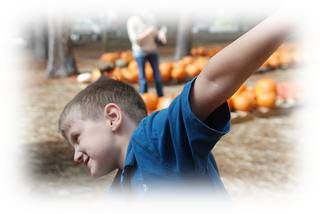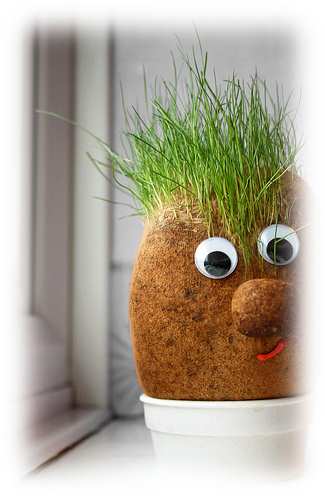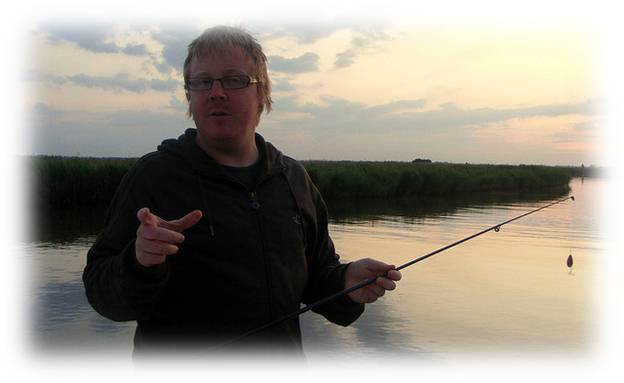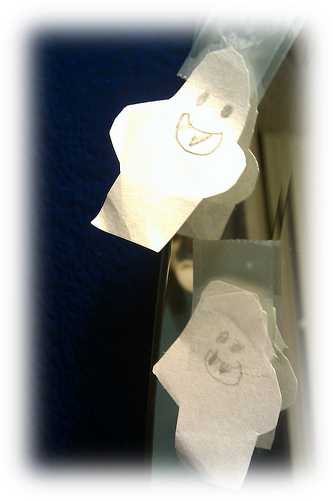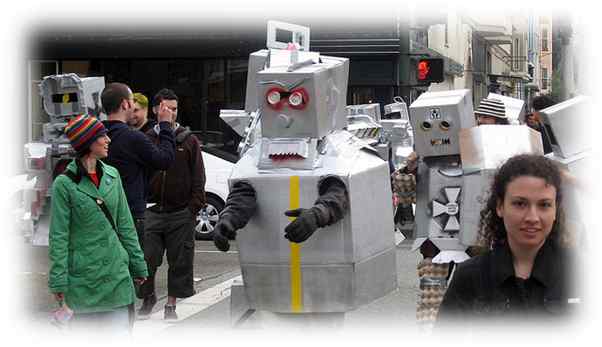Congratulations!
You’ve completed 15 weeks of storytelling training!
You’ve had 19 separate sets of homework!
Thank you for sticking with it and we hope your kids and you have discovered some awesome new ways of sharing story time together!
If you missed a week or you would like to revisit any of the ideas and homework, here’s the full list of articles and guides you have been sent:
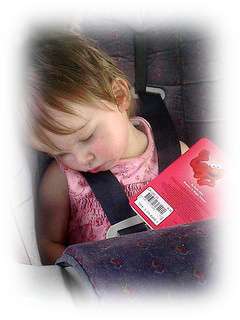
- Introduction to this magical storytelling course
- Why share stories with our kids
- How children’s stories are good for the soul
- Introduction to how to use your voice in storytelling
- How to use the volume of your voice when telling a story
- Putting emphasis and tone of voice to work in telling stories with children
- How to get your vocal pitch and speed right for characters in children’s stories
- Introduction to facial expressions and masks when telling stories
- Why facial expression is key in storytelling
- Mirroring expressions and gestures – how you kids learn from our stories
- Telling a chilren’s story with your face
- A Picture paints a thousand words – even in storytelling
- How to use eye contact when telling children’s stories
- Tone down the dramatics to keep your kids happy with your story
- Introducing body language in storytelling
- Tools of the tale – how your body language can enhance stories with children
- Using your head as a prop in children’s storytelling
- How to use your arms, hands, legs and feet to enhance a children’s story
- Putting it all together – Using body language in children’s stories
We truely hope you got a lot out of this free course and we would love to hear about any story time experiences you’ve had or changes you’ve noticed as a result of reading and practicing the content here.
If you’ve had any ideas or think there’s stuff that should be added or raised questions in your mind, we’d love to know.
There’s more to come!
Please stay tuned and keep an eye on the site for new articles and content. Here’s a few things you can expect to see going up:
- Great articles and advice for specific areas of storytelling (storytelling with autistic kids for example)
- Instructional articles from choosing books to creating your own stories.
- Recommendations from us and other parents and childcare professionals
- Guides and How-to type information
- Exclusive/Special offers for stuff that is relevant to the site.
- Free children’s stories and poems to share with your kids
Learning can be tough and wading through armfuls of stuff you already know or isn’t of interest can definately take the fun out of it. Putting this course and website together has certainly had its tough moments I can tell you. One thing always got me back on course though: Why I am doing it.
I want the time I spend with my daughter to be the best I can make it. I want to be a great dad and storytelling is both a fantastic way of entertaining her and also an amazing way of teaching her about the world, it’s ideas, difficulties, issues and how to deal with all of those.
The stories that I share with my daughter, be they made up or read from a book, bring us closer together both physically and emotionally. For me, there’s no greater pleasure, after the bustle of the day and the stresses and strains of working or entertaining my daughter than to snuggle quietly and comfortably together on the sofa and spend twenty minutes engrossed in a story or two.
The amazing thing about putting all the stuff from this course into action is that it’s actually made me a better play mate as well. I’ve managed to shake off some of my adult-ness and engage more in the made up characters and roll-play that makes up a lot of my daughter’s (and her friends) play time.
Stay in touch
I’m open to guest posts and discussions, so please do get in contact if you would like to share your own stories or ideas.
Thank you and see you on Twitter, Facebook or here on the Kidmunication site.

